|
Apatura ilia / Lesser Purple Emperor
Apartura
Nymphalidae - Apaturinae
Apatura ilia ([Denis & Schiffermüller], 1775) TL: Vienna.
 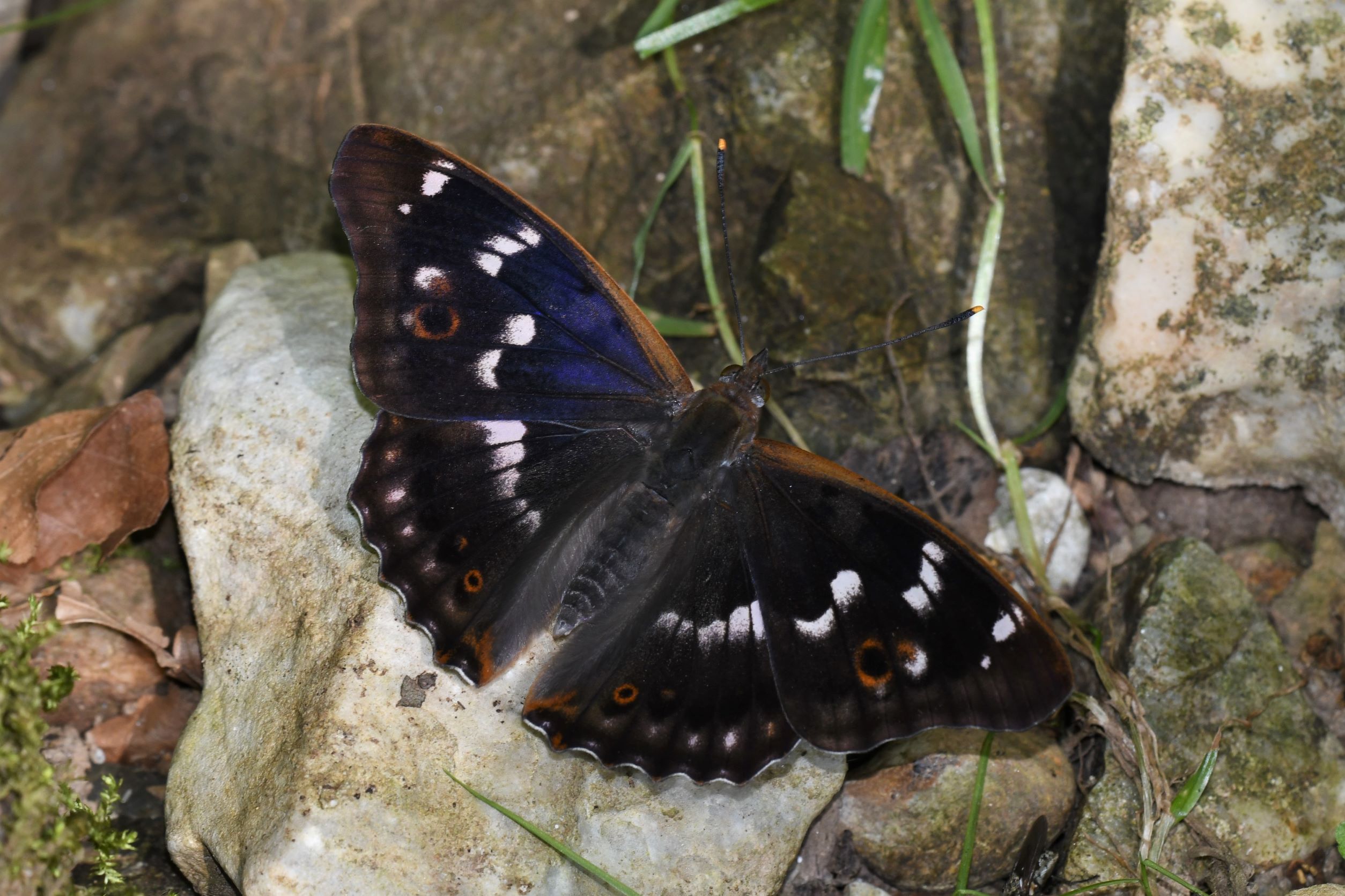
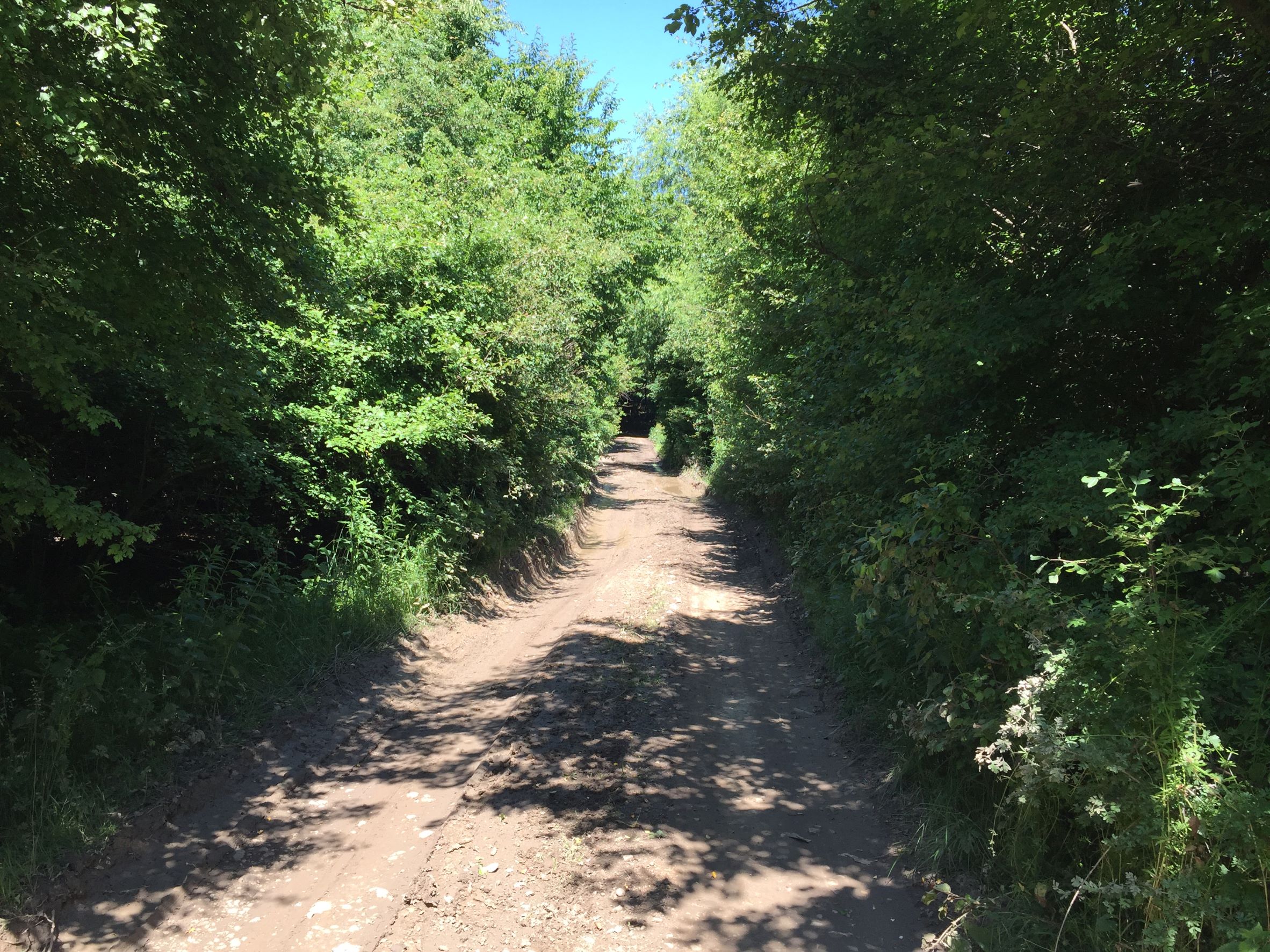 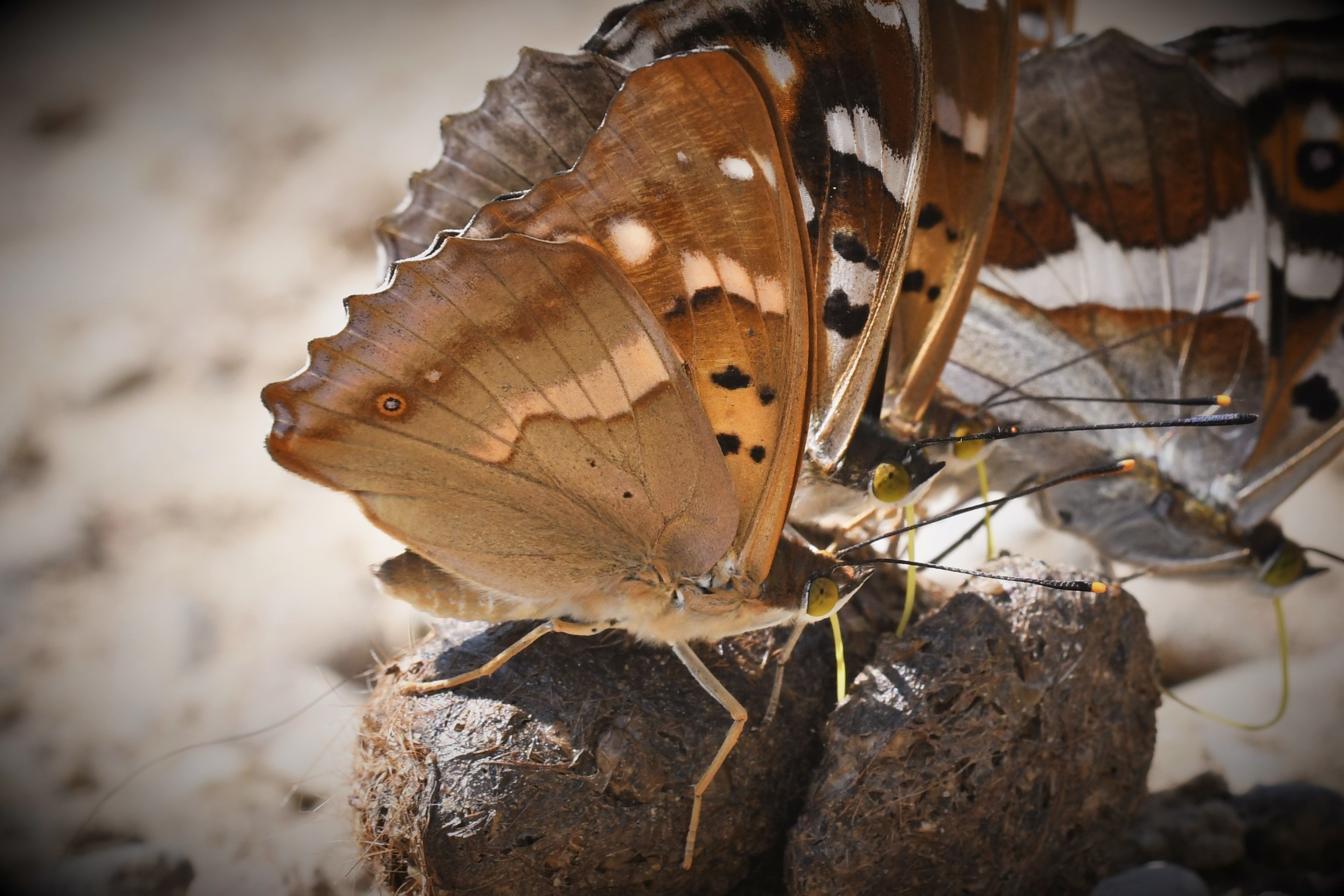 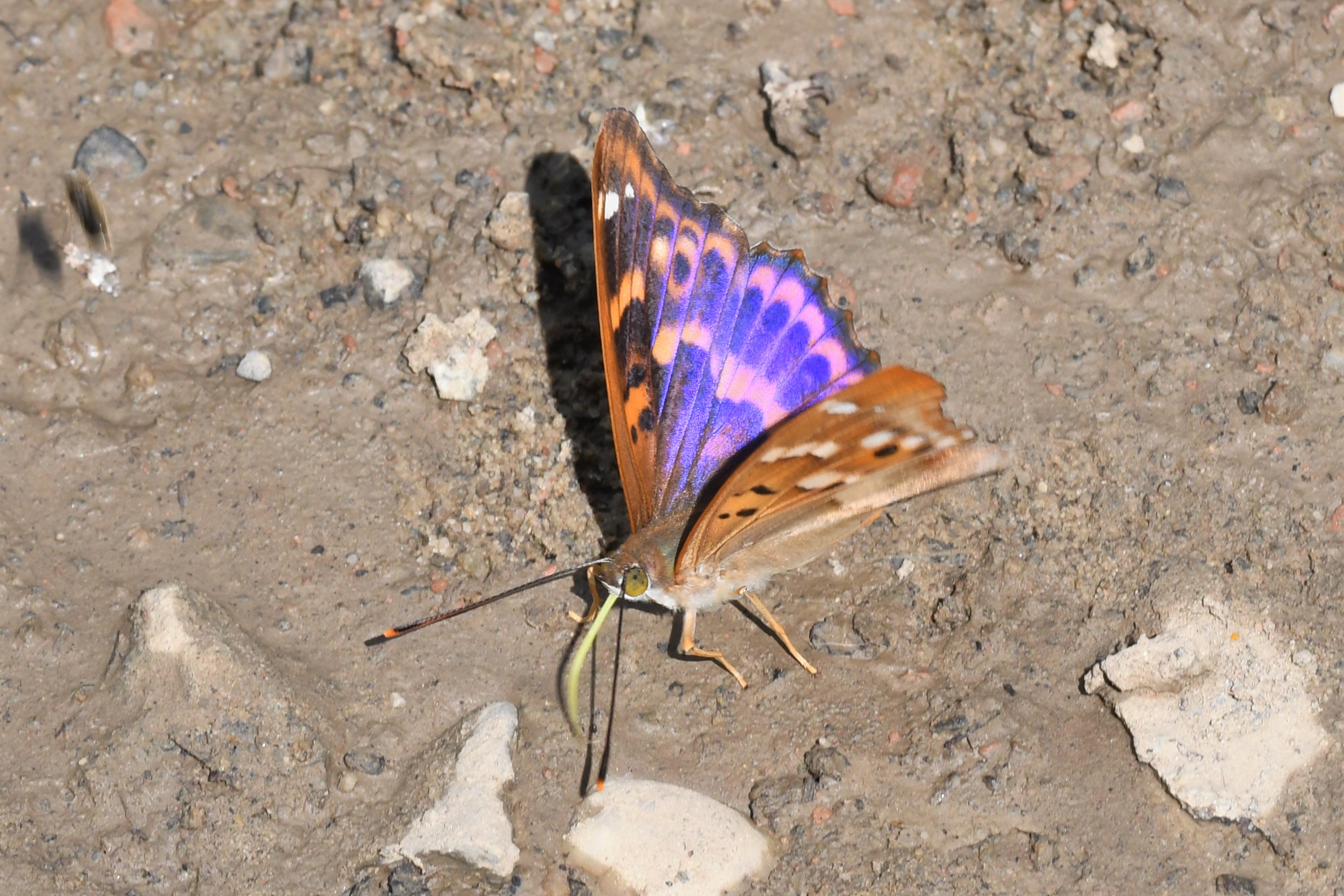
1a. Apatura ilia,, distribution map (09.i.2025).  Historical data ; Historical data ;  Additional data from the 2018 update ; Additional data from the 2018 update ;  New observations since the 2018 update. New observations since the 2018 update.
1b. Apatura ilia ♂ upperside. Romania (© Sylvain Cuvelier)
1c. Habitat of Apatura ilia. Romania (© Sylvain Cuvelier)
1d. Apatura ilia and Apatura iris feeding on excrements. Romania (© Sylvain Cuvelier)
1e. Apatura ilia ♂ forma clytie. Romania (© Sylvain Cuvelier)
Description
♂♂
Large butterfly. Fw: 32-35 mm.
Ups: irridiscent purple-blue flush on dark gc, markings white (rare in southern Balkan) or orange (forma clytie)
Upf: postdiscal yellow (white) spots narrow in s4 to s6 , s2 ocellus large.
Uph: orange discal band without distinct bulge, dark posdiscal markings looking like separate spots, s2 ocellus present.
Unf: large ocellus.
Unh: blue pupilled ocellus.
♀♀
Larger.
Ups: larger pale markings, no irridiscent flush.
Uns: larger markings.
Similar species
Life cycle
Adults: single generation from June to August.
Egg: 6-14 days.
Caterpillar: long stage, overwintering as L3 larva.
Pupa: 12-19 days.
Habitat
Apatura ilia inhabits forests, often encountered in places near running water with abundant Populus and Salix trees from 200 up to 1250 m a.s.l.
Spatial requirement considerable, population density can be high.
Foodplants
Caterpillars feed mainly on Populus alba, P. nigra, P. tremula, Salix alba, S. caprea, S. cinerea and S. viminalis, also mentioned is Alnus glutinosa.
Butterflies feed on excrements and rotten material on the ground, fruit and juice in the tree canopy, mud-puddling.
Distribution
Albania: local (more research needed)
Balkan: AL - BG - BIH - GR - HR - NMK - MNE - RKS - RO - SLO - SRB
Europe: IB - IT - ALP - BAL - NWE - UK - SCA - EEU
Transcaucasia*, Caucasus* and further east.
Conservation status
Apatura ilia is not endangered.
Albanian Red List: VU.
IUCN Red List, category at the Mediterranean level: LC.
Useful links
Bink 2015
Pyrgus.de
Lepiforum
Euroleps
|
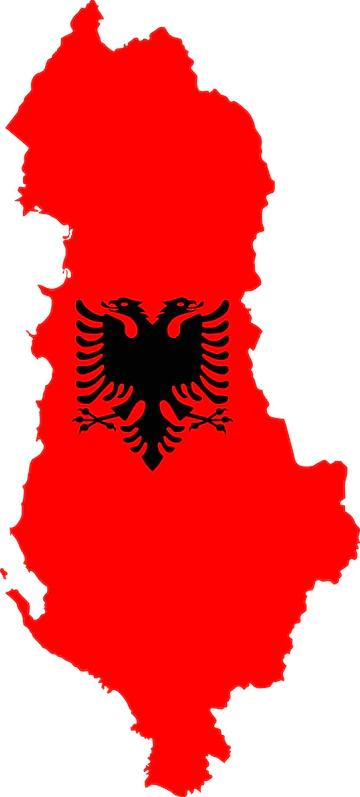 xx
xx 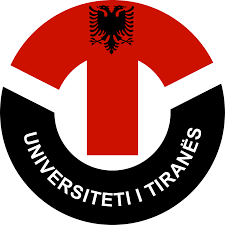


 Historical data ;
Historical data ;  Additional data from the 2018 update ;
Additional data from the 2018 update ;  New observations since the 2018 update.
New observations since the 2018 update.